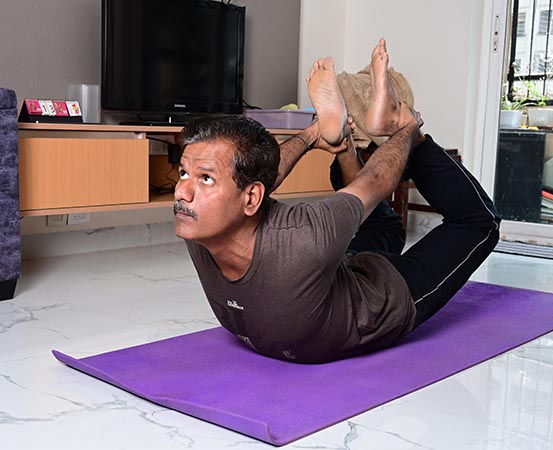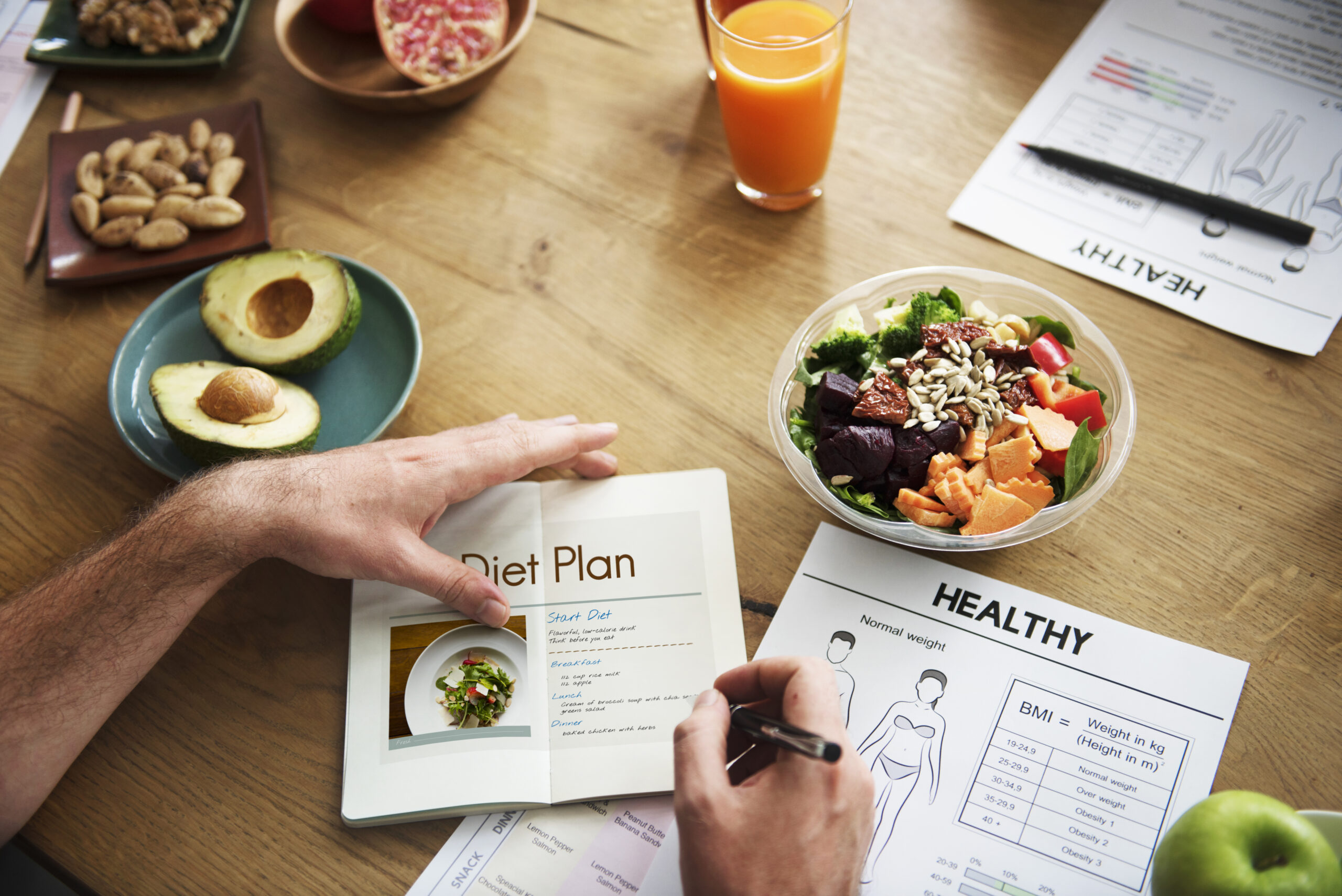
Bangalore-based software engineer, Srikant Chonnad used to swear by his plate of steaming white rice, bowl of sambhar, and yummy dosas, idlis and chutneys, but a type II diabetes diagnosis in 2021 changed all that. His HbA1C levels were over 6.5 percent, as opposed to normal levels of under 5.7 percent. Despite the daunting prospect of changing his dietary habits, he decided to reverse hus diabetes and lead a healthy life.
“I had not heard of food like quinoa or chia seeds before, but it has now become an integral part of my diet,” says the 49-year-old Chonnad. So, in his diet, rice and wheat were replaced by quinoa, little millet, chia seeds and avocados. Moreover, his dosas now tasted of dal and besan and refined carbs ingredients were cut out.
Diabetes during the pandemic
Chonnad was diagnosed with diabetes after he came down with Covid-19 during the second wave in 2021. He also points out that since diabetes runs in his family, he was always cautious and used to periodically check his blood glucose levels, which usually hovered close to the prediabetic range.
“While I was on strong medication, my post-meal blood sugar went as high as 300 mg/dl. I found out that I might possibly stay on diabetes medication for the rest of my life,” he recalls. However, he had a plan in mind to manage the condition. While he started taking the medicines, he also streamlined his diet and physical activity. “I was completely out of my food comfort zone and it was initially difficult. Then, my wife recommended a dietician, who tailor-made a diabetes-friendly diet for me, making it easier to manage my condition.”
As advised by the dietitian, Chonnad made it a point to include more protein like chicken, tofu and paneer as well as fruits and vegetables for their fiber content in his diet. He completely gave up simple carbs like roti and rice and refined sugar in his tea. He explains, “I didn’t want my body to become resistant to medication over time, which would result in an increasing dosage. I also didn’t want to remain permanently dependant on medication to control my sugar levels.”
Making conscious choices
Chonnad began avoiding food rich in carbohydrates and decided to not even include them in his grocery list. Instead, his food shopping focused on protein and fiber-rich food, especially seed-based ones. He adds that around this time, he discovered that seeds make tasty toppings and add crunch to dishes. Now, he ensures that his breakfast of oats and his midday snack of curd have liberal portions of chia seeds. Alongside strict portion control, he has dal-based dosas with lots of cooked veggies on the side.
Improving culinary skills
While he initially found it difficult to transition to a diet that suited his new requirements, Chonnad has now become adept at creating diabetes-friendly delicacies. Within minutes, he can churn a protein-rich egg bowl breakfast, which includes vegetables like cabbage, bell pepper, onion etc. to keep him full for longer periods.
Today, his food platter looks more vibrant with veggies like red, green and yellow capsicum alongside a fresh salad bowl containing chopped cucumbers, tomatoes and carrots as snacks. His meals have a larger serving of vegetables or dal with a bit of quinoa or jowar roti instead of a heaped serving of rice.
Chonnad lost 12kg, which helped him control his sugar levels. Words of praise from friends and family also kept him going. After six months of consistent diet and exercise, his HbA1C came down to 5.6 percent, and it has stayed steady since then.
Opting for healthy and filling food
When you follow a new diet plan, you are bound to feel hungry initially because the overall quantity of food reduces, says Chonnad. “You have more proteins than carbohydrates, but you don’t attain satiety.” He suggests eating something light and healthy every couple of hours — he often opts for a puffed rice and vegetable snack or a chickpea salad to beat the hunger pangs between meals.
Moreover, he suggests that while people can crave sweets, they need to be mindful and choose alternatives like fruit, dates or raisins instead of foods loaded with refined sugar.
Walking and yoga to help reverse diabetes
Chonnad stresses that diet alone did not set him on the right track — exercise played an equally important role. He started walking after lunch and dinner, which totaled about 7kms a day. Moreover, yoga became a part of his daily routine. His practice comprises dhanurasana (bow pose), shashankasana (hare pose) and vajrasana apart from surya namaskar. He also does some resistance training in the morning.
Self-awareness and motivation
Chonnad started prioritizing his health as he realised its importance in avoiding age-related complications. He shares that another factor that helped him reverse diabetes was the fact that he worked from home, which saved him long hours that would be otherwise spent commuting to and from office in Bangalore. Instead, he was able to invest this time in bettering his health.
Takeaways
A 49-year-old software engineer from Bangalore, Srikant Chonnad, was diagnosed with diabetes being diagnosed with Covid-19 in 2021. He was put on diabetes medication but did not want to be dependent on them to manage his blood glucose levels. He decided to reduce his carbohydrate intake and while increasing the intake of fiber- and protein-rich food. He also decided to completely exclude carb-heavy food from his grocery list in favor of healthier food options. He also started exercising regularly. With this, he managed to bring down his HbA1c level from over 6.5 percent to 5.6 percent and has been maintaining it since then.

















